When it comes to energy saving, LEDs are often celebrated as the ultimate solution.
However, a recent BBC article raises a crucial point: despite the efficiency of LEDs, total energy consumption for lighting has not decreased.
Let’s see together whether LEDs really save us money.
“The Illusion” of Savings…
In many cases, switching to LEDs is touted as a beneficial move for both the wallet and the environment.
For example, many store owners in Europe, have experienced a 35 percent reduction in their electricity bills after installing LEDs and solar panels.
This result, however, is also partially influenced by rising energy prices due to the recent conflict in Ukraine.
Initial Costs: still a problem for some
One of the main obstacles to large-scale adoption of LEDs is the initial investment cost.
A small-to-medium-sized store spends an average of 10,000 euros to upgrade its lighting system, including the installation of anLED light sign, an investment that most expect to recoup in about seven years.
This economic barrier holds back many businesses, especially those with smaller profit margins.
The Increased Demand for Lighting
Another important factor is the increase in the number of lights used.
According to experts at Imperial College London, the number of lights per building and commercial premises is increasing, thus decreasing the savings from the use of more efficient LEDs.
In addition, while many homes in Europe have already adopted LEDs, the transition is slower in commercial and industrial buildings, where the potential for energy savings would be greater.
LED Efficiency and Evolving Technology
LEDs have made great strides in terms of efficiency.
In the early 2000s, the white LEDs had about 20 lumens per watt.
Today, LEDs can be found on the market that can reach as high as 228 lumens per watt, with a significant reduction in heat loss.
However, the efficiency of LEDs varies by shade and color, for example, with warm tone LEDs producing fewer lumens per watt than cool light LEDs. 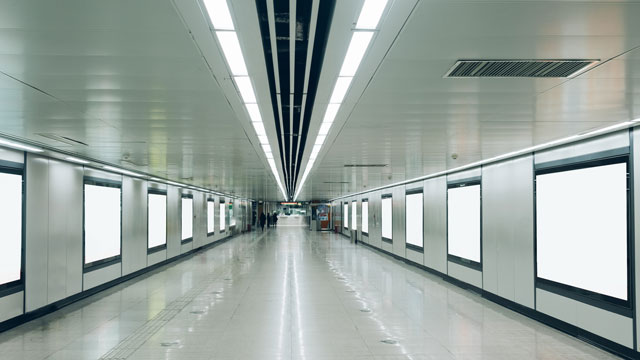
Challenges in Replacing Old Lights
In many locations, replacing old lights is still a challenge.
For example, the BBC article presents the case of a mixed commercial and residential area in London that saw the replacement of high-pressure sodium lights with modern LEDs.
Reducing annual energy consumption from 341,000 kWh to 36,000 kWh.
This resulted in a significant reduction in operating costs, with an initial investment of £34,500 (about €40500 at the time of publication).
Benefits and Statistics on LEDs
Energy Consumption:
LEDs use 60% less energy than traditional lighting options.
They can save you up to 85% of your energy consumption when you replace them with fluorescent lighting.
(Source: https://www.energysavinglighting.org/…)
Duration:
LEDs have a lifetime of 63,000 hours, which is 10 times longer than conventional bulbs.
This extended life means fewer replacements and less maintenance, resulting in cost savings.
(Source: https://www.energystar.gov/…)
Efficiency of use:
LEDs require no warm-up time, which can save you time and energy.
They can be turned on and off instantly without degradation of light output or LED life.
Environmental Impact:
LEDs help reduce emissions of carbon dioxide and other greenhouse gases.
A single LED bulb can reduce greenhouse gas emissions by nearly half a ton.
Smart Controls:
Smart indoor lighting controls can optimize energy efficiency by detecting the presence of people and adjusting lighting levels accordingly.
These systems can save you up to 30 percent in energy consumption by ensuring that lights are turned on only when needed. 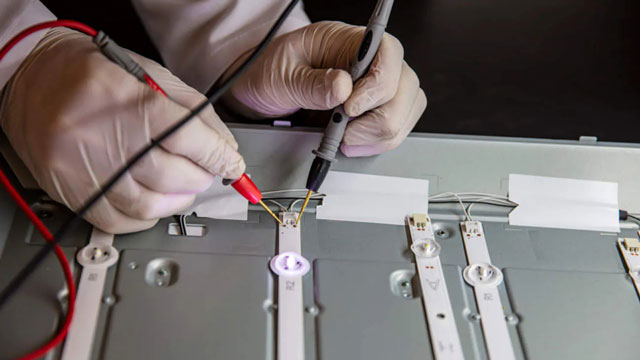
The Need for Incentive Policies.
To accelerate the transition to LEDs, government policies that incentivize companies to make the switch are obviously needed.
Intelligent, modern lighting systems can further reduce energy consumption for an initial investment that unfortunately not all companies are willing or able to afford.
A Step in the Right Direction, but Not the Ultimate Solution
Increasing demand for lighting and high initial costs limit the impact of LEDs on overall energy savings.
To achieve real savings, it is essential to combine the use of LEDs with other efficient technologies and appropriate incentive policies.
Remember, if you have a commercial space and still use old lights inside or still have an old neon or incandescent sign, you are simply wasting money.
Switch to LEDs and consider smart solutions to really optimize your energy consumption.
Explore Our LED Catalog
Want to find out how energy-efficient LEDs can make a difference for your business?
Take a look at our catalog at EasyLedStore.com for the best certified, highest quality, energy-efficient LEDs.
Save energy, reduce costs, and improve the lighting in your commercial spaces with our state-of-the-art products.

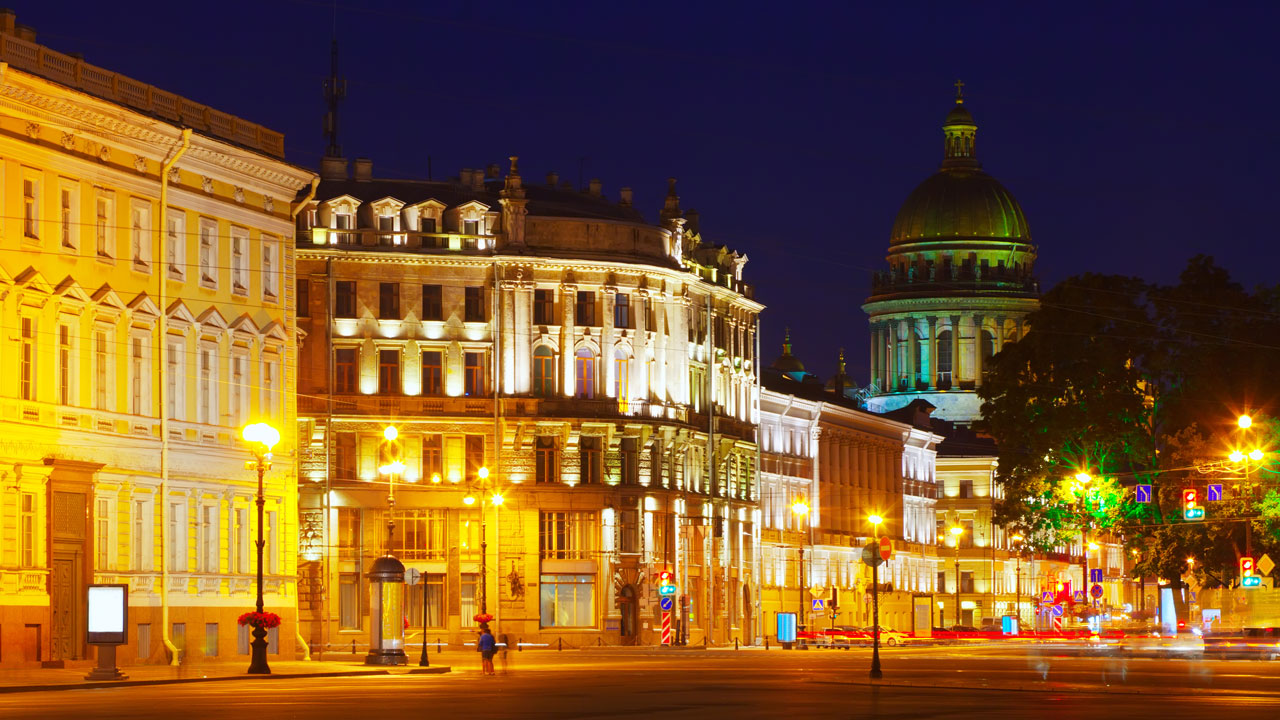
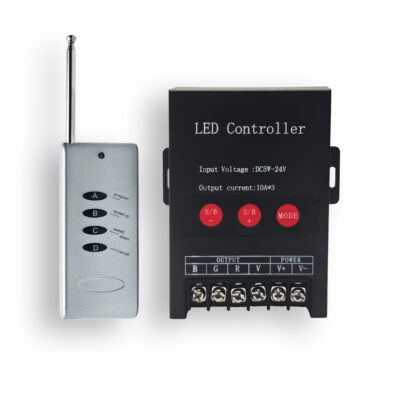
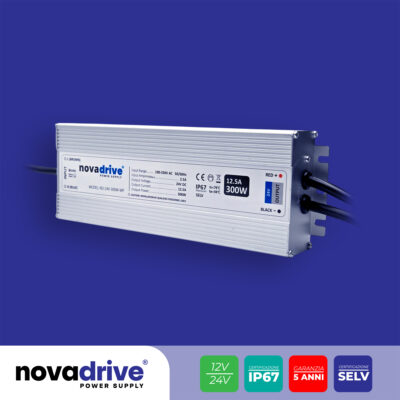


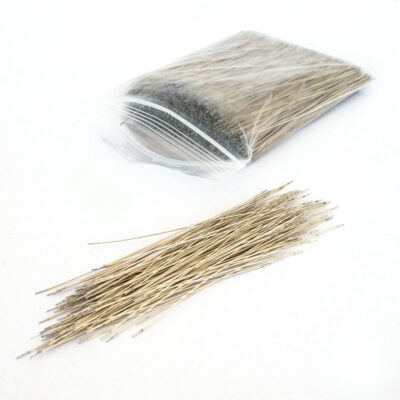
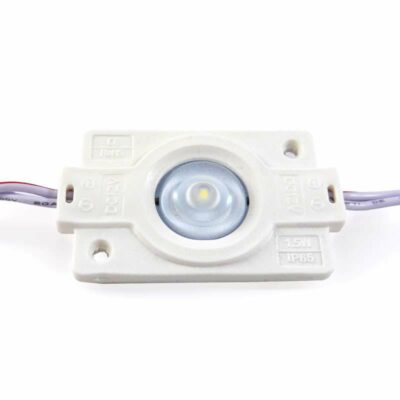
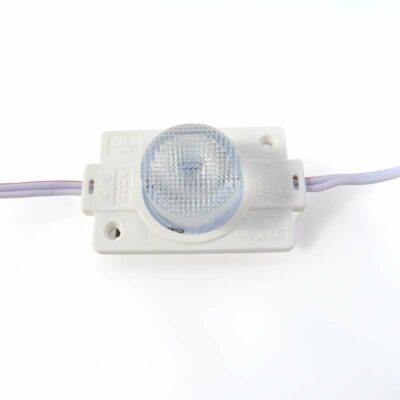
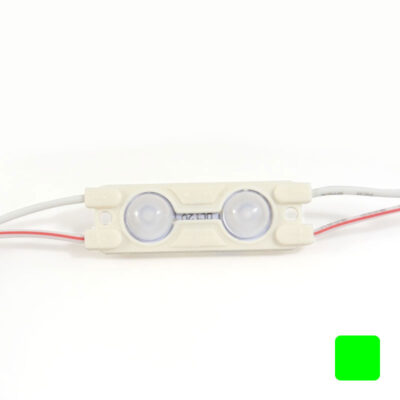
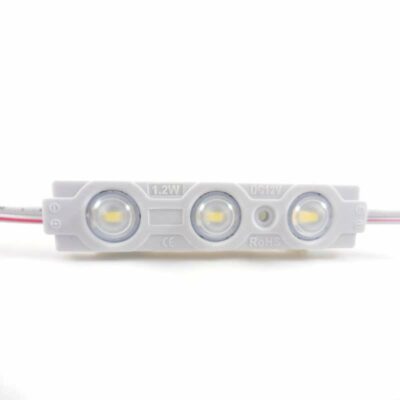
0 Comments